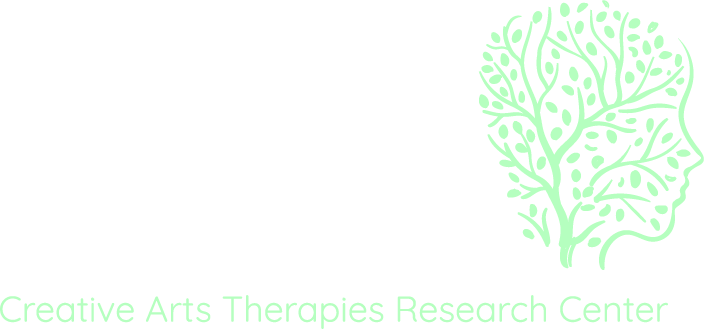גרסה עברית
Creative Arts Therapies (CAT) is a holistic therapeutic approach that aims towards a better integration of body and mind; sensations, emotions, and cognitions; and verbal and non-verbal narration and expressions through creating, acting, narrating, and understanding. This therapeutic approach strives to improve individual’s psychological and social well-being and is based on the following assumptions:
People are time travelers: the body represent one’s past, present, and future; significant events are registered in the brain; and time perception significantly correlates with well-being. The senses are essential for growth and development; interaction is carried out by using non-verbal and verbal expressions; attitudes consist of sensory knowledge and are transformed into feelings and emotions, and constitute our cognitive constructs. Creativity is significantly associated with successful coping strategies and post-traumatic rehabilitation. Artistic creations are associated with a sense of livelihood and they are expressions of time perception. The arts combine and express one’s sensorimotor and cognitive and unconscious and conscious knowledge. Using the arts enables individuals to bypass dissociative mechanisms, express unconscious conflicts, engage in self-reflection, and thus encourage personal verbalization (Lev-Wiesel, Elefant, & Orkibi, 2017).
Psychodrama employs guided dramatic action to examine problems or issues raised by an individual or group. Using experiential action methods, sociometry, role-play, and group dynamics, psychodrama facilitates insight, personal growth, and integration on cognitive, affective, and behavioral levels.
Drama Therapy is the intentional use of theatrical techniques, such as role-play, theater games, mime, puppetry, voice work, myth, ritual, storytelling and other improvisational techniques, to facilitate creativity, imagination, learning, insight and personal growth.
Art Therapy is a form of psychotherapy that uses art media as its primary mode of communication, including paint, chalk, crayons, and sculpture. Art therapy is particularly valuable for clients who have difficulties in verbal expression.
Music Therapy uses music within a therapeutic setting to help clients improve or maintain their health across various domains (cognitive functioning, motor skills, emotional and affective development, behavior and social skills, etc.). The techniques include creating, singing, listening to and/or moving to music in order to strengthen the clients’ abilities. Music therapy also provides alternative ways of communication for individuals who find it difficult to verbally express themselves.
Dance Movement Therapy is founded on the belief that the body and mind are an interrelated continuum. Through the vehicle of movement and dance, the client may creatively explore and enhance emotional, cognitive, physical and social integration.

